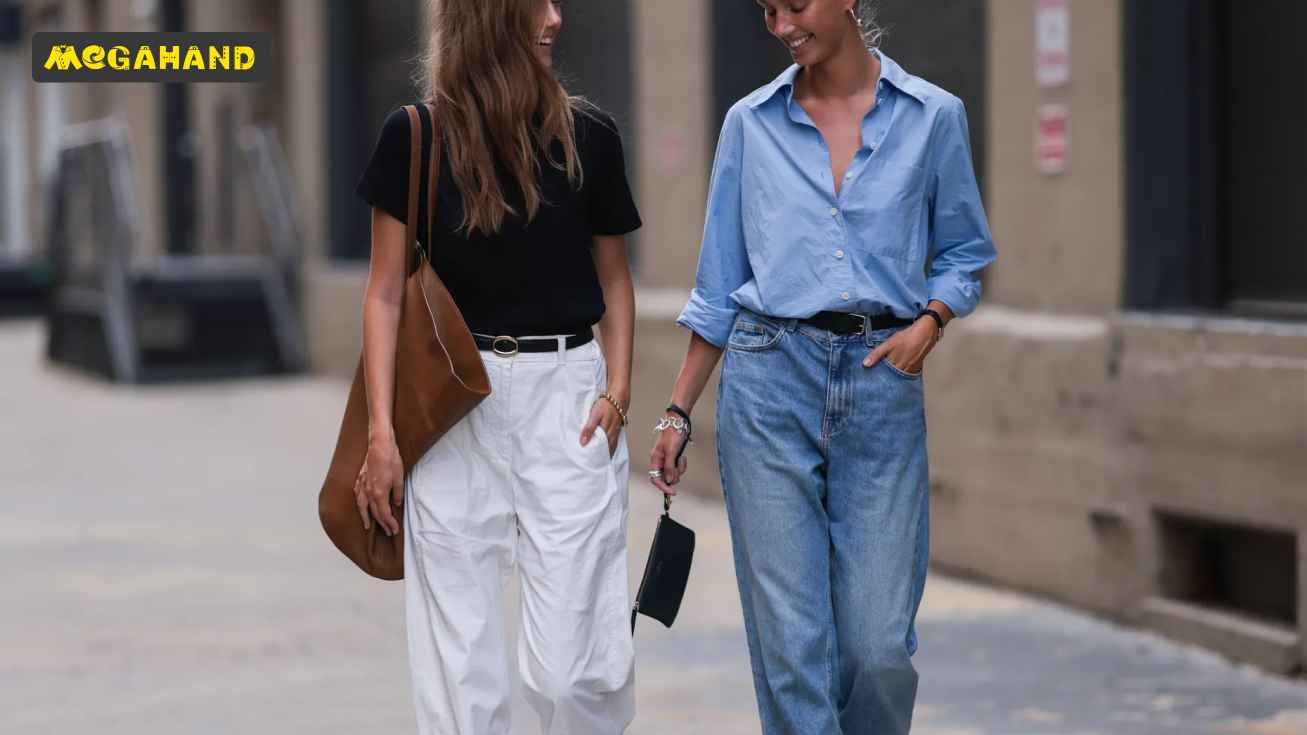Jeans are an integral part of the modern wardrobe, symbolizing freedom, style, and practicality. However, their journey to fame was long and fascinating, starting as workwear and evolving into a staple of fashion runways. The history of this unique piece of clothing is filled with intriguing facts and events that highlight its cultural and fashion significance.
The Birth of Jeans
The history of jeans began in the mid-19th century in the United States. The need for durable workwear for miners and gold prospectors became the impetus for the creation of the first jeans. Levi Strauss, a German immigrant, partnered with tailor Jacob Davis in 1873 to patent a method of securing pockets with metal rivets. This innovative approach gave jeans incredible durability, making them highly sought after among workers. Thanks to their practicality, these trousers became a staple in the wardrobes of people engaged in hard labor.
A Material That Conquered the World
Initially, jeans were made from canvas, but later denim — a cotton fabric known for its durability and wear resistance — was used. The blue color of the fabric was no coincidence: natural indigo dye was inexpensive and washed well, giving the garment its recognizable look. The dense structure of denim allowed jeans to endure extreme conditions, including dirt, moisture, and heavy use. This is why denim became a symbol of reliability and practicality.
Popularity Among Workers
In the early decades, jeans were exclusively workwear. They were worn by miners, farmers, and railroad workers. Their practicality and durability made them indispensable in demanding physical work environments. Thanks to their ability to withstand wear and tear, jeans quickly gained popularity across different social strata, paving the way for their evolution. Workers appreciated not only their convenience but also their cost-effectiveness: a single pair could last for years.
Jeans and Hollywood
By the early 20th century, jeans became associated with cowboys and the Wild West thanks to Hollywood. Famous westerns popularized this garment, turning it into a symbol of masculinity and independence. Actors like John Wayne and Gary Cooper wore jeans on screen, inspiring millions of fans. Hollywood films solidified the image of jeans as an attribute of a free-spirited individual capable of overcoming any challenges.
A Rebellious Symbol of the 1950s
After World War II, jeans became a symbol of youth rebellion. Celebrities like James Dean and Marlon Brando turned jeans into an emblem of defiance. Young people began wearing them to protest established norms and rules. Jeans became a visual expression of the desire for freedom and independence, making them extremely popular among young individuals searching for their own path in life.
Jeans in Fashion
In the 1960s and 1970s, jeans ceased to be merely workwear. Hippies, punks, and rockers used them as a means of self-expression, decorating them with embroidery, patches, and paintings. During this period, jeans became popular among women, leading to the creation of models in various cuts and styles. The introduction of diverse decorative elements transformed jeans into a means of self-expression, highlighting the individuality of each wearer.
Jeans on the Runway
By the 1980s, jeans had firmly entered the world of high fashion. Brands like Calvin Klein, Gucci, and Versace began incorporating denim clothing into their collections. Jeans became a symbol of status and style, and their cost increased significantly due to the use of premium materials and exclusive designs. Fashion houses started experimenting with cuts, adding new elements to traditional jeans such as leather inserts, decorative stitching, and unique textures.
Modern Jeans
Today, jeans are a universal piece of clothing suitable for any age and occasion. They come in an immense variety of styles: skinny, boyfriend, flared, mom jeans, and more. Thanks to their endless design possibilities, jeans continue to remain relevant, carrying the traditions of the past into the future. Modern production technologies allow for the creation of jeans with enhanced features: elasticity, water resistance, and durability.
Cultural Heritage
Jeans are more than just clothing. They embody the spirit of the times, reflect cultural changes, and continue to evolve alongside society. As part of history, jeans remain a timeless symbol of freedom and individuality. They act as a bridge between different eras, cultures, and styles, maintaining their uniqueness and versatility. Jeans continue to inspire designers, artists, and ordinary people, becoming an integral part of their lives.
If you are looking for quality and stylish jeans at an affordable price, visit the stores of the Megahand network, where you will find a huge selection of models for the whole family


